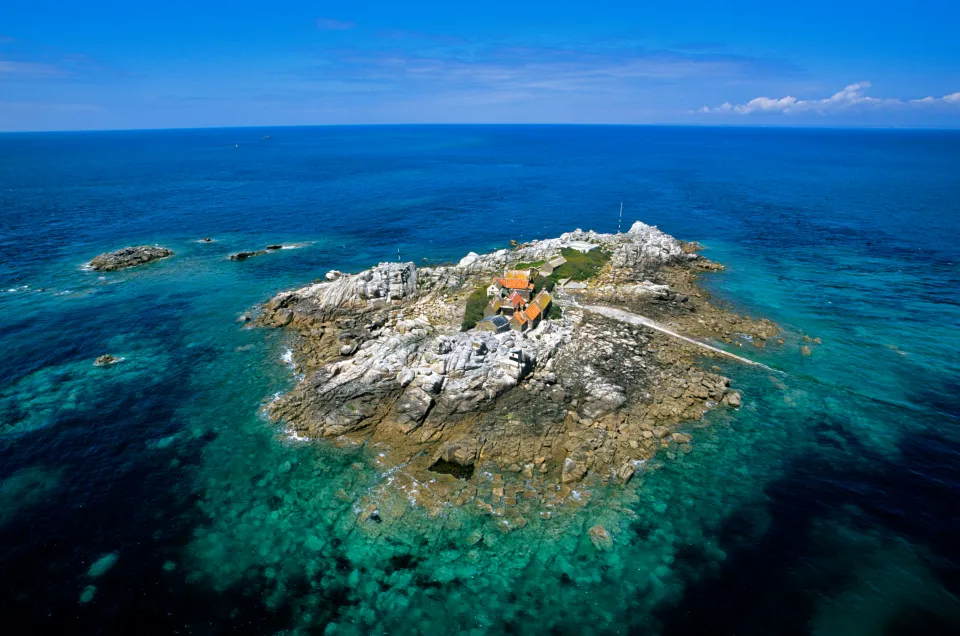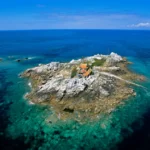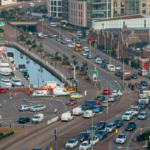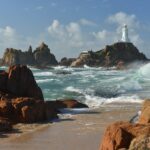Nestled in the bay of St Malo and washed by the waters of the English Channel, Jersey is not just an island but a captivating mosaic of landscapes, history, and culture. While the main island stands prominent, Jersey’s charm extends beyond its well-trodden paths to a group of lesser-known islands and rocks that make up the Bailiwick. Today, we explore these remarkable but often overlooked parts of Jersey – Les Dirouilles, Les Écréhous, Les Minquiers, and Les Pierres de Lecq.
Les Dirouilles: The Northern Sentinels
Starting with Les Dirouilles, located to the northeast of Jersey, these rocky outcrops are steeped in geological and historical significance. Known in Jèrriais as Les Dithouïl’yes, they form part of the parish of Saint Martin. Each rock within this cluster has its own name, collectively known as Les Pièrres (the rocks). These formations are not just natural phenomena; they are historical bookmarks that offer insights into Jersey’s maritime heritage and its geological past.
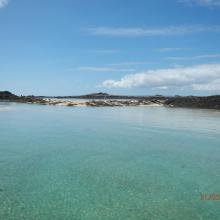
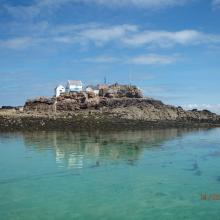
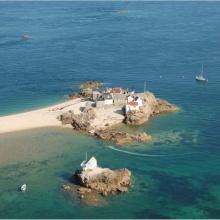
Les Écréhous: Where History Meets the Horizon
Moving to the enchanting Écréhous, situated six miles northeast of Jersey and closer to France than the main island, this group of islands and rocks tells a fascinating story of time. In Jèrriais, they are known as Êcrého. Their Norse name origins, with “Esker” meaning a stony bank and “Hou” denoting island, reflect the archipelago’s ancient roots stretching back to when Vikings roamed these seas.
These islets, including the notable Maîtr’Île and La Marmotchiéthe, are remnants of a larger, historically significant landscape. Once connected to the European mainland, the Écréhous now stand as isolated guardians of Jersey’s maritime borders. Their historical tapestry includes tales of monastic retreats, smuggling exploits in the 17th century, and even declarations of private sovereignty in more modern times.
Les Minquiers: A Submerged Wonder
Further south lies Les Minquiers (known locally as “the Minkies”), a large group of islands and rocks with an above-water presence that belies their actual size. At low tide, this submerged sandbank reveals a larger surface area than Jersey itself, but it’s only the island Maîtresse Île that maintains permanent features – a collection of stone cottages used sporadically by fishermen and adventurers.
The Minquiers have seen their fair share of history, from being one of the last outposts where German soldiers surrendered after World War II, to more whimsical events like the 1998 ‘invasion’ by supporters of the fictitious ‘King of Patagonia’. This blend of historical gravity and light-hearted folklore makes the Minquiers a captivating chapter in Jersey’s narrative.
Les Pierres de Lecq: Legends and Biodiversity
To the north of Jersey, Les Pierres de Lecq, also known affectionately as the Paternosters, are a dramatic sight. These rocks are steeped in legend, said to be the site where a ship carrying women and children to colonize Sark was tragically wrecked. The rocks, visible only at low tide, are named with a poignant reminder of their dangerous beauty, from La Grôsse (the big one) to L’Êtaîthe (the eastern one).
This area is not only a hotbed of local myths but also an ecological treasure. Designated as a Ramsar site, it supports diverse marine life and is crucial for several migratory and native fish species, making it an important site for conservation efforts.
Why These Islands Matter
The collective importance of these islands and rocks extends beyond their historical anecdotes or ecological significance. They are vital pieces of the Bailiwick’s identity, embodying the resilience and enduring charm of Jersey’s natural heritage. They also serve as a reminder of the island’s strategic importance through the centuries, from Norse explorers to modern-day conservationists.
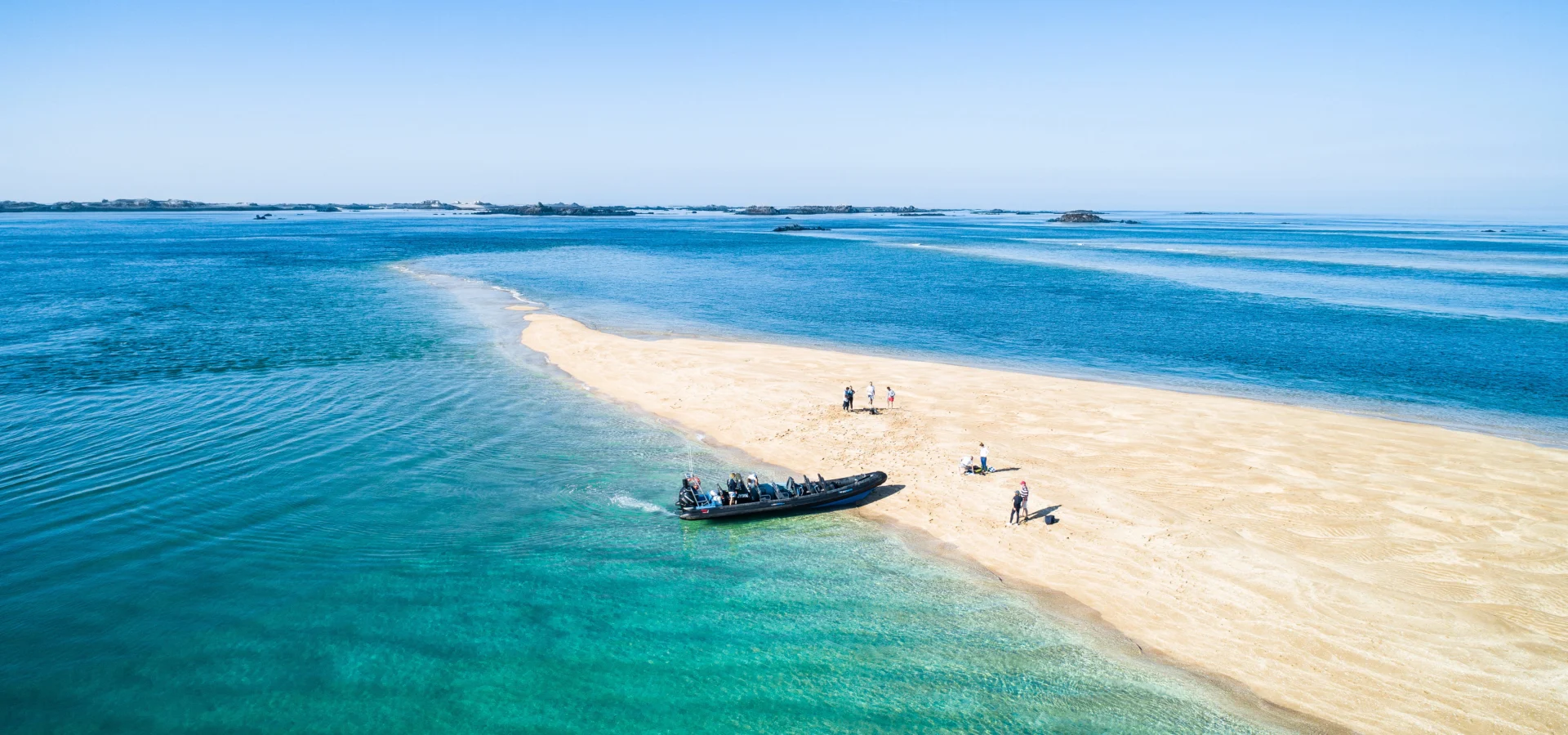

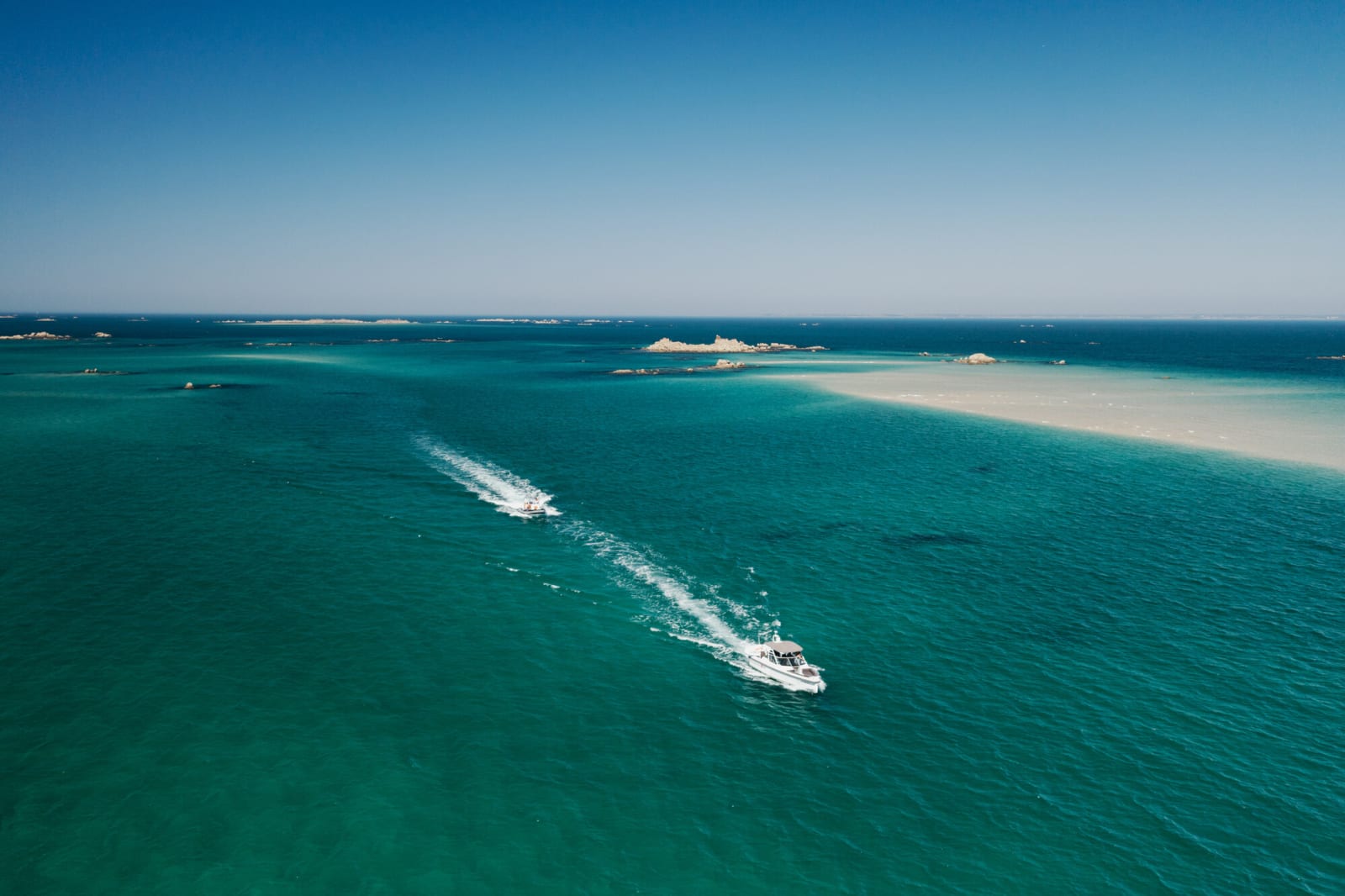
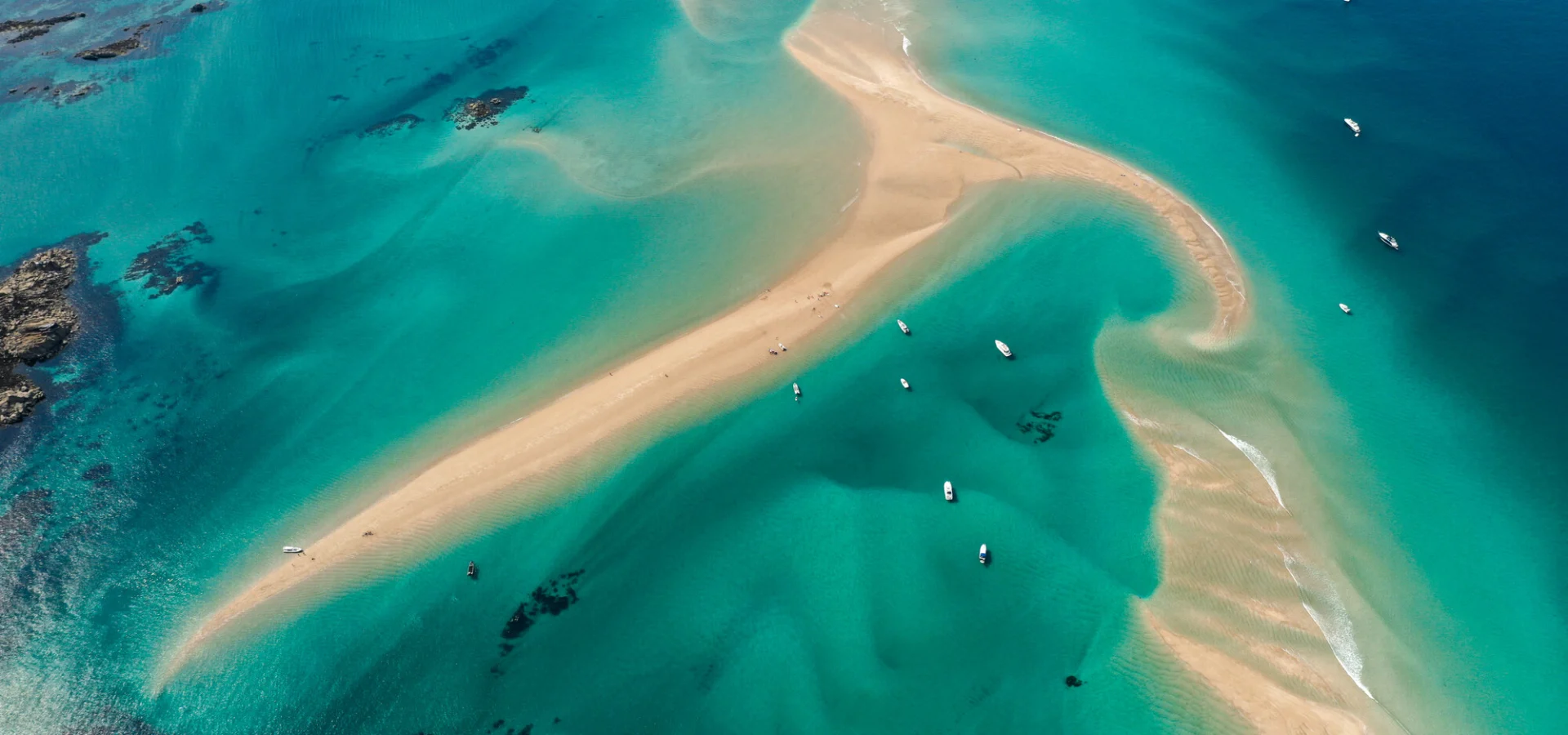
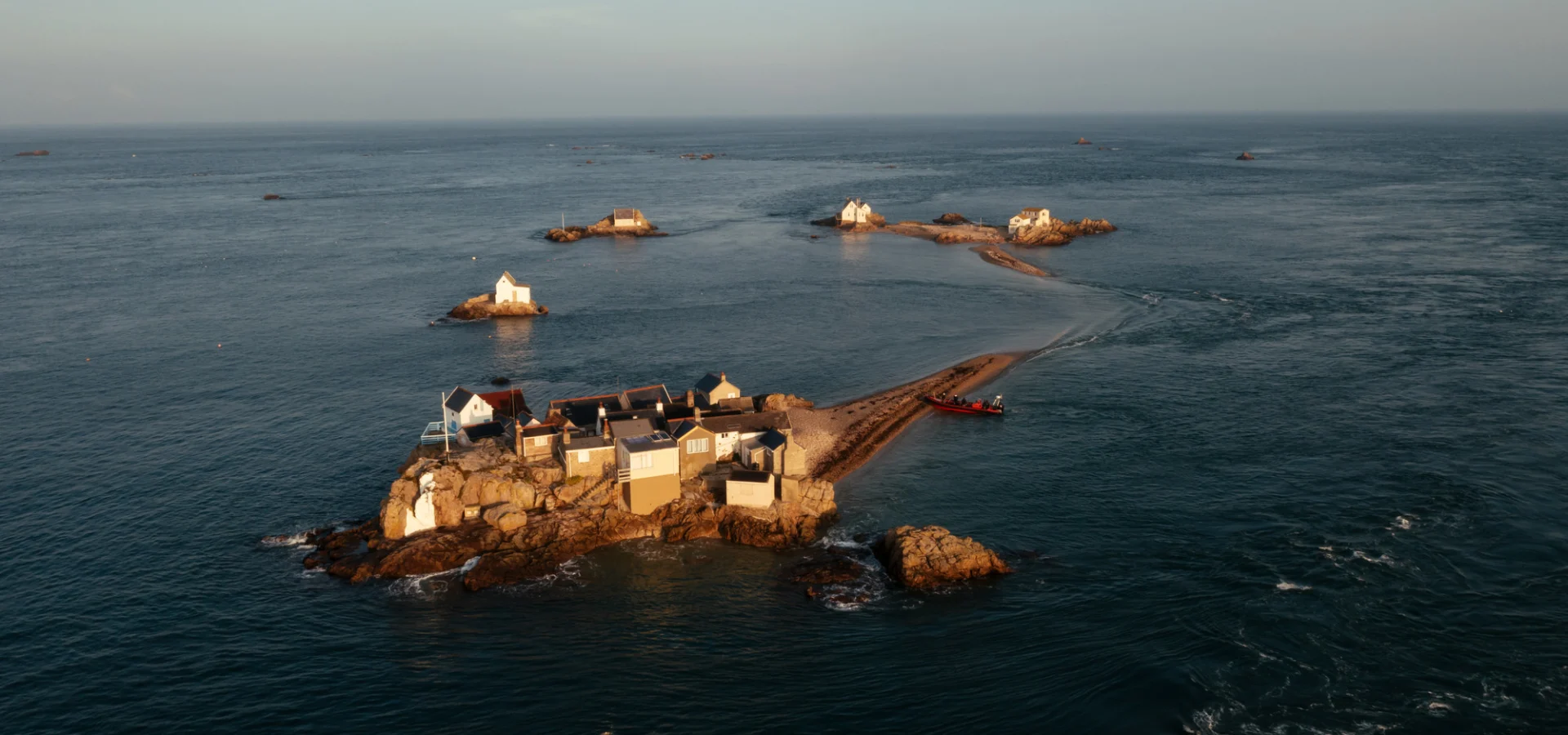
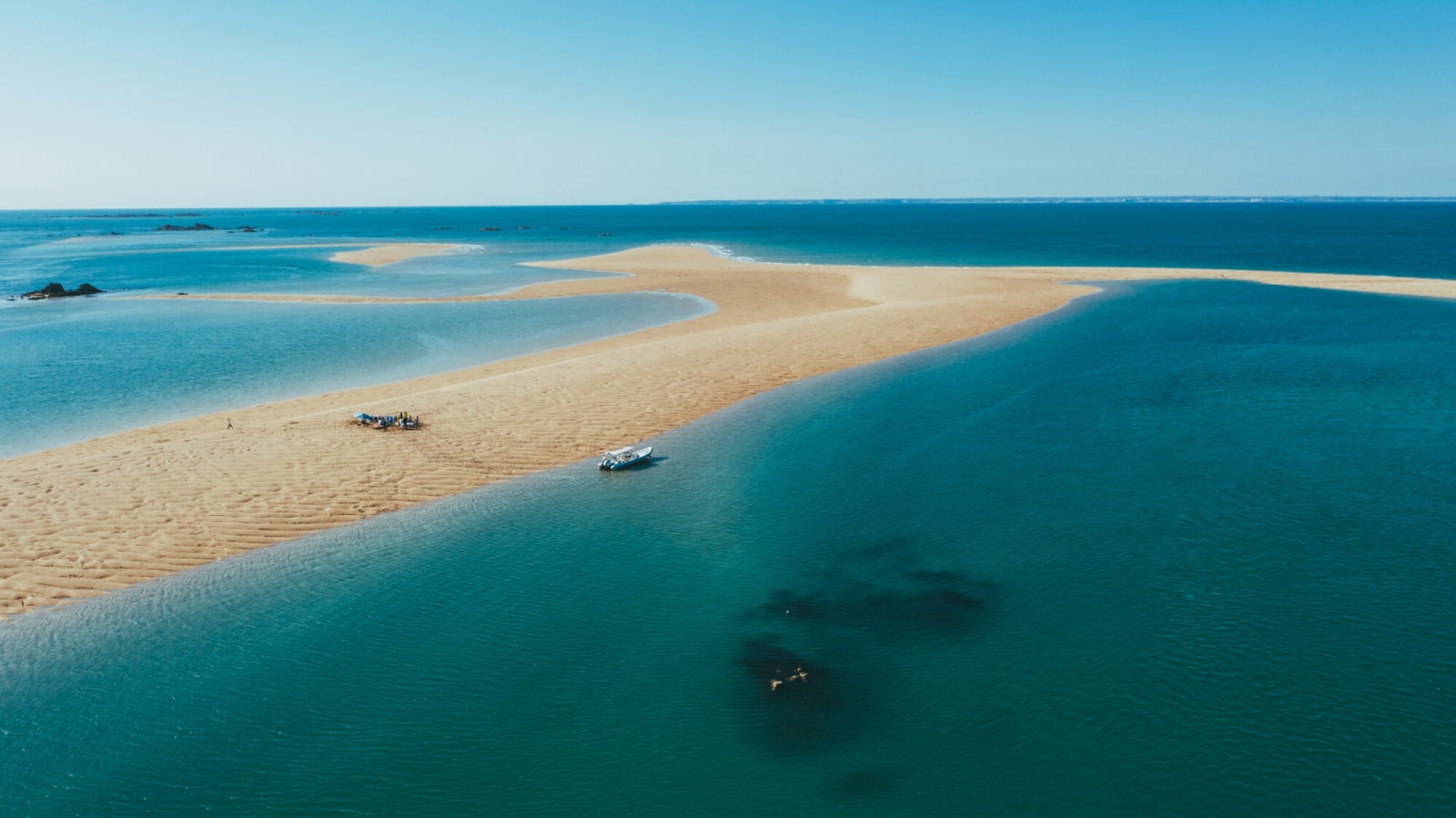
Engaging with Jersey’s Lesser-Known Islands
For those looking to explore Jersey’s lesser-known islands, it’s possible to visit some like Les Écréhous and Les Minquiers during low tide or through guided tours that respect their protected statuses. These visits not only offer a deeper appreciation of Jersey’s natural environment but also connect visitors with the layered histories each island holds.
In conclusion, the narrative of Jersey as ‘The Bailiwick’ is beautifully complex, woven through the main island and its smaller companions. These islands are not just peripheral rocks; they are keystones in the arch of Jersey’s cultural and natural history, each telling a unique story of survival, sovereignty, and ecological significance. By understanding and visiting these places, one gains a fuller picture of Jersey – not just as an island but as a community of islands with a shared past and a collective future.


